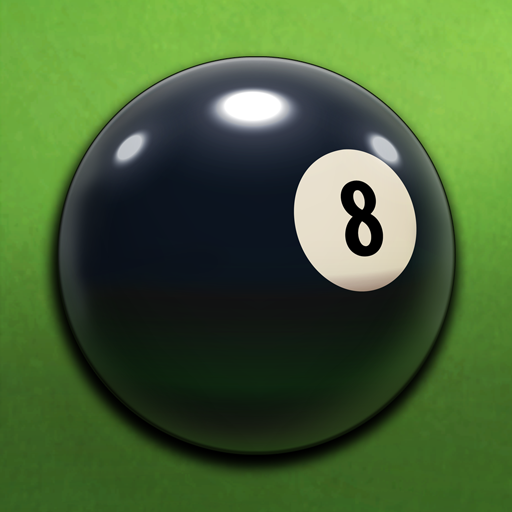
Snooker cues can be made from many different materials. Some are heavier than others, while others are lighter than others. The best options for snooker cues are maple and ash, regardless of material. Maple is not without its disadvantages so be careful. These woods can vary in whippyness and stiffness so be cautious when selecting your cue.
Materials used for snooker cues
Ash cues are distinguished by their clear grain patterns (chevrons and arrows). They can be hard to bend straight due to their uneven graining. It is therefore important to carefully select your cue to avoid potential problems.
Ash cues have traditionally been made from English ash. This has decreased in popularity due to falling laws. American ash is now more in demand. English ash cues are darker and more heavy than the ones in English, and they often display visible chevrons. Acer Sacrarum maples may also be used by players. However, they are usually more expensive. The maple timber has been fully kiln dried and seasoned for at the very least 12 months.
Rolled and bound the identical
Ash is a dense, lightweight wood that is great for making a snooker cue. It's not as costly as the luxury snooker cues. It also has a little flex to it, which makes spinning the ball easier. It also has a lower deflection compared to other woods.

Maple and Ash have been the traditional timbers to use for cue shafts. Maple and Ash both have a high degree of rigidity and playability. Some models come with brass or plastic ferrules.
Responsive towards wear and tear
You need to look after your snooker cups. You should store them properly, away from direct sunlight and moisture. The best way to prevent them from warping or damage is to keep them on a cue shelf. You should also protect them against abrasive substances like chemicals or sandpaper.
You can increase their weight to keep them in tip-top condition. A cue should weigh at least 17 ounces. Anything less than that can cause strain on your arm. An arm acceleration problem can be caused by a cue that's too light.
Add weight to the butt
A proper balance is achieved by the weight of the butt on your snooker cue. Cues made from ash can be found in many forms, while some cues are made with maple. Some cues come with intricate decorations, while some are unadorned.
The shaft's butt, a lower and heavier piece, is connected to the shaft via a screw. The shaft is a shorter, more narrow piece. The two pieces are joined at the butt. Here a male screw threads through a female one. Cue joints can either be made from brass, plastic, or wood. Brass-to-brass joint are the most popular.

Rolling and bouncing the identical
Ash billiard is one of the most common types of snooker dice. Ash snooker dice weigh around 18 to 20 ounces. This is lighter than larger billiard balls. Snooker cues are mainly made from ash, although there are some made from maple.
Also, ash snooker cues cost less than other materials. Prices will vary depending on wholesale costs. As a result, it's easy to find a cue with a good price.